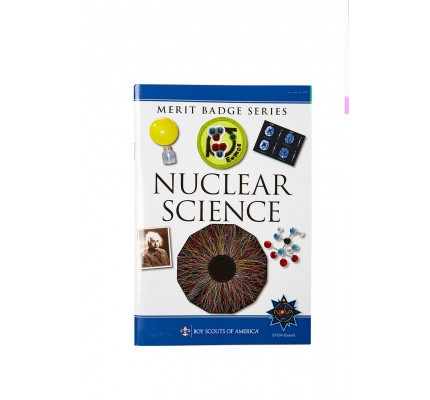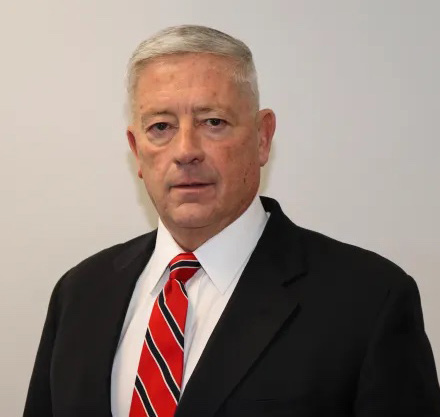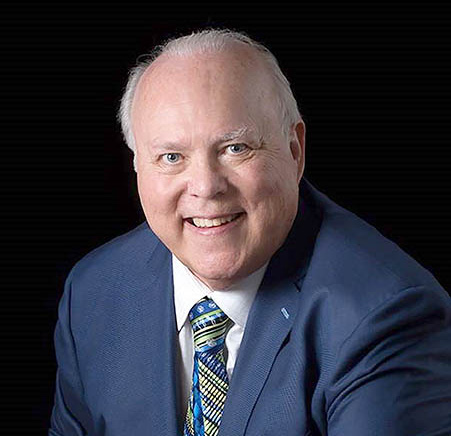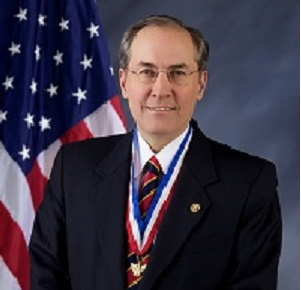Nuclear Science Merit Badge
Nuclear Science
Merit Badge
Scouting America Merit Badge Hub
Scouting America
Merit Badge Hub

Nuclear Science Merit Badge Overview
Nuclear science gives us a simple explanation of the natural world. The ultimate goal of nuclear science is to find out if there is one fundamental rule that explains how matter and forces interact. Earning the Nuclear Science merit badge is a chance for Scouts to learn about this exciting field at the cutting edge of science today.

Nuclear Science Merit Badge Requirements
The previous version of the Merit Badge requirements can be found in Scoutbook
The requirements will be fed dynamically using the scout book integration
1.
Do the following:
- (a) Explain radiation and the difference between ionizing and nonionizing radiation.
- (b) Explain the ALARA principle and the measures required by law to minimize these risks. Describe what safety requirements you will need to consider while performing the requirements in this merit badge.
- (c) Describe the radiation hazard symbol and explain where it should be used.
- (d) Explain how we are exposed to ionizing radiation from outside the earth as well as on earth every day. List four examples of Naturally Occurring Radioactive Materials, NORM, that are in your house or grocery store and explain why they are radioactive.
- (e) Explain the difference between radiation exposure and contamination. Describe the hazards of radiation to humans, the environment, and wildlife. Calculate your approximate annual radiation dose and compare to that of someone who works in a nuclear power plant.
2.
Do the following terms:
- (a) Explain the following terms: atom, nucleus, proton, neutron, electron, quark, isotope; alpha particle, beta particle, gamma ray, X-ray; ionization, radioactivity, radioisotope, stability.
- (b) Choose an element from the periodic table. Construct 3-D models for the atoms of three isotopes of this element, showing neutrons, protons, and electrons. Write down the isotope notation for each model including the atomic and mass numbers. In a separate model or diagram, explain or show how quarks make up protons and neutrons.
3.
Do ONE of the following; then discuss modern particle physics with your counselor:
- (a) Visit an accelerator, research lab, or university where scientists study the properties of the nucleus or nucleons.
- (b) List three particle accelerators and describe several experiments that each accelerator performs, including basic science and practical applications.
4.
Do TWO of the following; then discuss with your counselor:
- (a) Build an electroscope. Show how it works. Place a radiation source inside and explain the effect it causes.
- (b) Make a cloud chamber. Show how it can be used to see the tracks caused by radiation. Explain what is happening.
- (c) Perform an experiment demonstrating half-life. Discuss decay chains.
5.
Do ONE of the following; then discuss with your counselor the principles of radiation safety:
- (a) Using a radiation survey meter and a radioactive source, show how the counts per minute change as the source gets closer to or farther from the radiation detector. Place three different materials between the source and the detector, then explain any differences in the measurements per minute. Explain how time, distance, and shielding can reduce an individual's radiation dose.
- (b) Describe how radon is detected in homes. Discuss the steps taken for the long-term and short-term test methods, tell how to interpret the results, and explain when each type of test should be used. Explain the health concern related to radon gas and tell what steps can be taken to reduce radon in buildings.
- (c) Visit a place where X-rays are used. Draw a floor plan of this room. Show where the unit, the unit operator, and the patient would be when the X-ray unit is operated. Explain the precautions taken and the importance of those precautions.
6.
Do ONE of the following; then discuss with your counselor how nuclear energy is used to produce electricity:
- (a) Make a drawing showing how nuclear fission happens. Observe a mousetrap reactor (setup by an adult) and use it to explain how a chain reaction could be started. Explain how a chain reaction could be stopped or controlled in a nuclear reactor. Explain what is meant by a "critical mass."
- (b) Visit a local nuclear power plant or nuclear reactor either in person or online (with your parent or guardian's permission). Learn how a reactor works and how the plant generates electricity. Find out what percentage of electricity in the United States is generated by nuclear power plants, by coal, and by gas.
7.
Give an example of each of the following in relation to how energy from an atom can be used: nuclear medicine, environmental applications, industrial applications, space exploration, and radiation therapy. For each example, explain the application and its significance to nuclear science.
8.
Find out about three career opportunities in nuclear science that interest you. Pick one and find out the education, training, and experience required for this profession and discuss this with your counselor. Tell why this profession interests you.

Get the Nuclear Science Merit Badge Pamphlet
Merit Badge Pamphlets are now free and publicly available. Note: Always check www.scouting.org/skills/merit-badges/all/ for the latest requirements.





